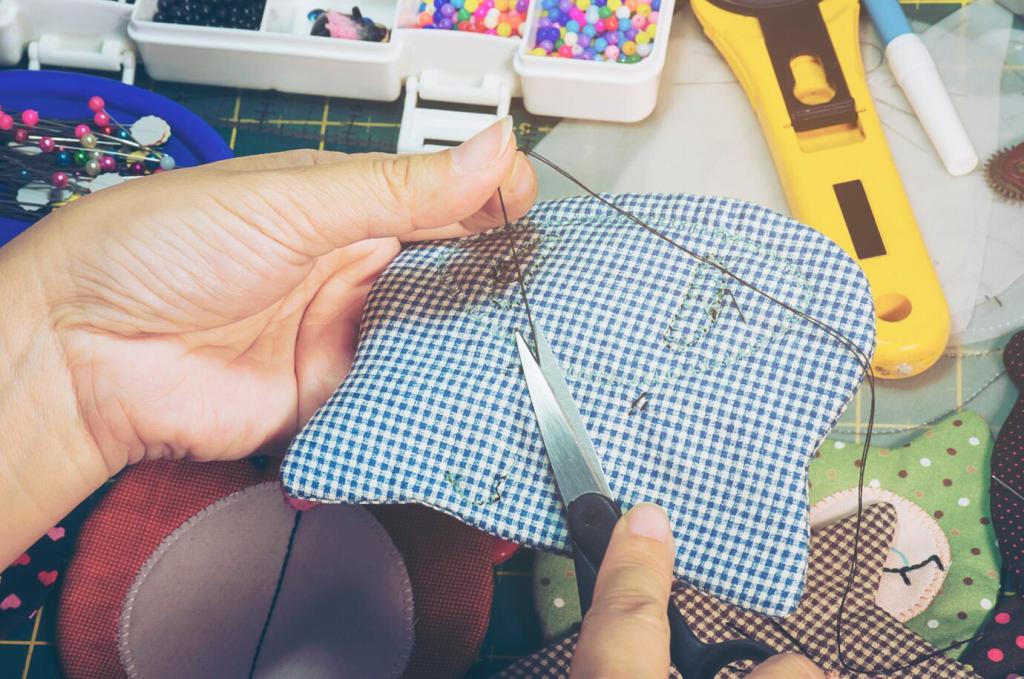Designing for Circularity From the Start
Choosing a single fiber type and using detachable zippers, buttons, and labels help garments move through recycling streams with less friction. When trims are easy to remove, fibers stay purer, and transformative end-of-life options multiply meaningfully.
Designing for Circularity From the Start
Zero-waste pattern cutting rearranges silhouettes to eliminate scraps, while digital nesting software optimizes fabric usage in real time. Transformative design means the cutting table becomes a stage for innovation, not a source of needless waste.











